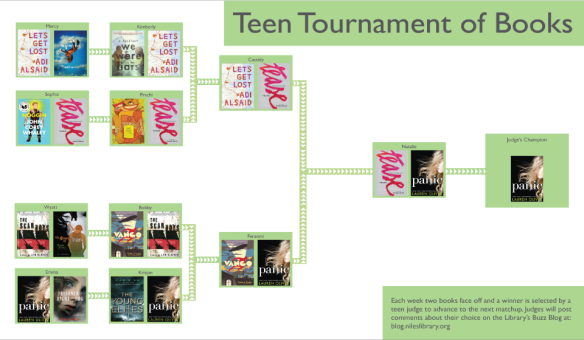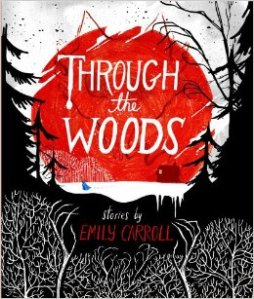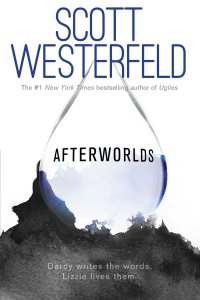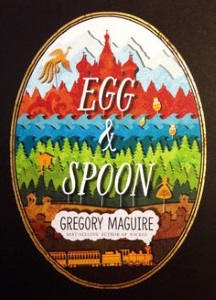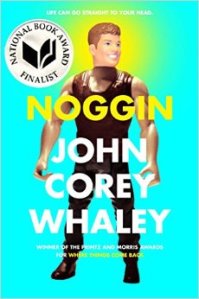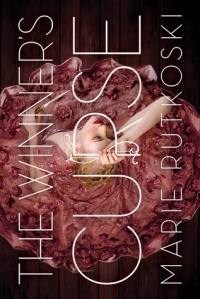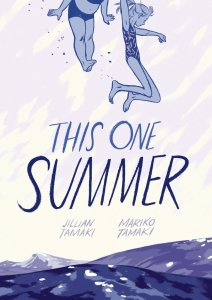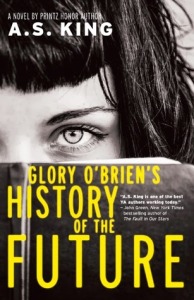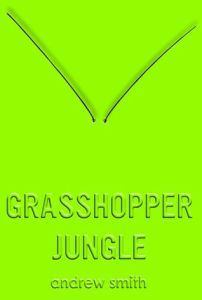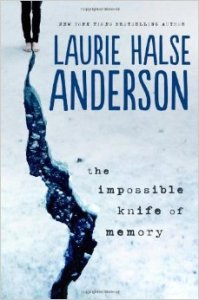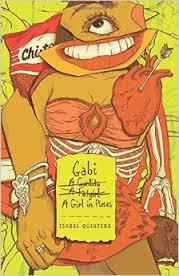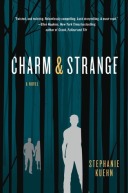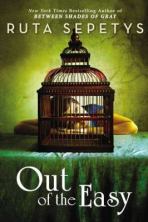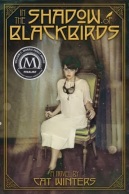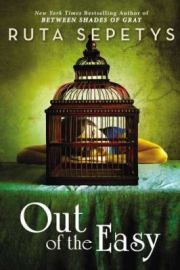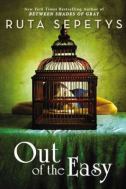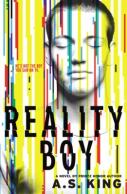At ALA Midwinter 2015, eight members of the Niles Teen Advisory Board were selected to participate in the Best Fiction for Young Adults Session on Saturday January 31, 2015 along with other lucky teens from Chicago area libraries. As a qualifying element to participate, teens posted reviews of books on the BFYA list to the Niles website. Some of the teens had also participated in the BFYA session in ALA Conference in Chicago in 2013 so the teen librarians had many excited motivated readers who wanted to join the team. All the teens were superstars at the ALA Midwinter session with their presentation and reading. After the fun of the presentation with excitement high the idea was presented to the Niles team to initiate a Niles Teen Tournament of Books for National Literature Day in April. The teens had read and reviewed a great number of books for their participation at ALA so they had a head start on reading and reviewing. At the March Teen Advisory Board meeting books were picked and judges assigned. Teens in high schools in our district were contacted and other teens joined the members of the Teen Advisory Board.
Eleven teens volunteered for the tournament and twelve books from the BYFA list were chosen. Each teen judge read and reviewed two books and then picked their choice to go on to the next round of reading and reviewing. Dates for each bracket were assigned but with AP Exams, Spring Break, spring sports, exams and graduation parties the Tournament extended from spring to summer.
In August the complete bracket tournament, reviews and winning book Panic by Lauren Oliver were posted to the Niles Website. http://blog.nileslibrary.org/teen-tournament-of-books-2/
This fall the second Annual Tournament of Books featuring the Abraham Lincoln Award Nominees and Read for a Lifetime Reading Lists will offer more reading fun for Niles teens. The Teen Department recently acquired six Kindle Paperwhites and the complete 2016 Abraham Lincoln Book Award and 2015-2016 Read for a Lifetime Reading lists will be uploaded to the devices. The thirty teens who are signed up for both reading programs along with the over twenty teen advisory board members were contacted to join the tournament. At the September Teen Advisory meeting books and judges will be chosen. This tournament will run from Teen Read Month in October to Teen Literature Day in April – plenty of time to read and review two books. The game plan is to post the Tournament on the Niles Website on Teen Literature Day during National Library Week 2016.
